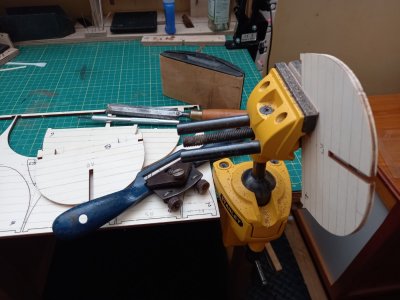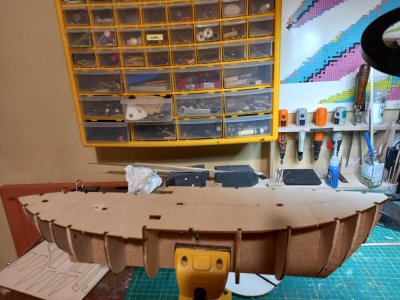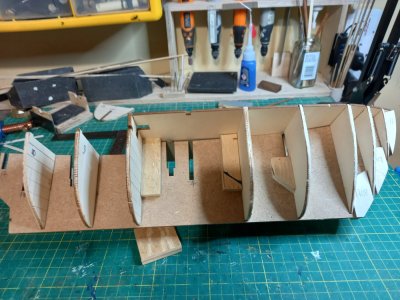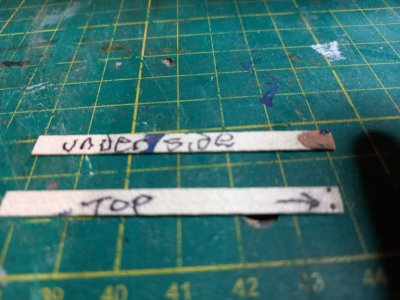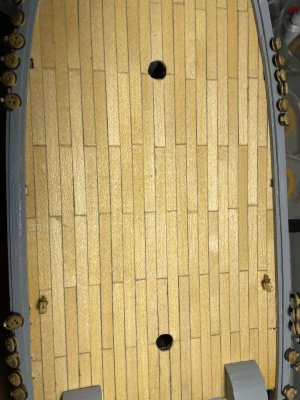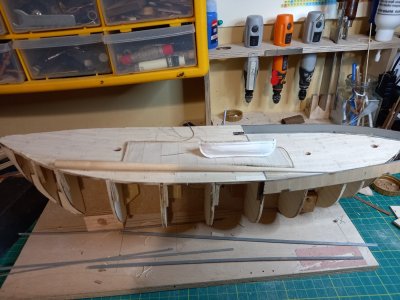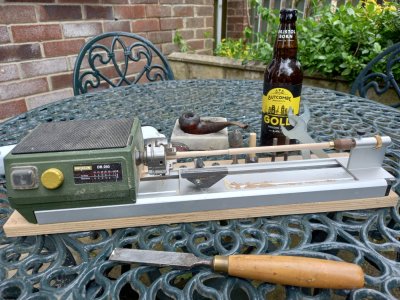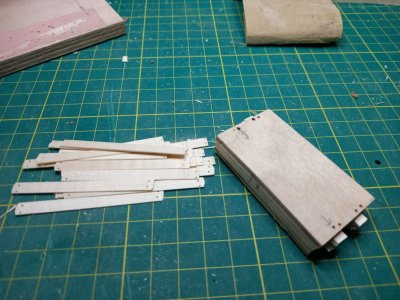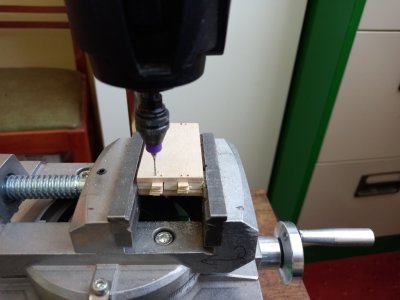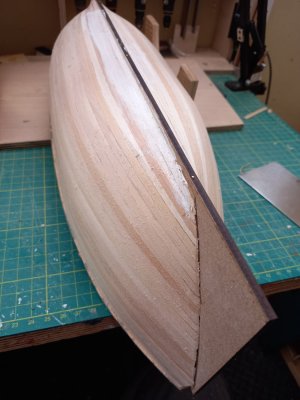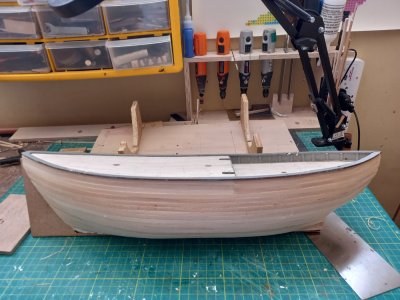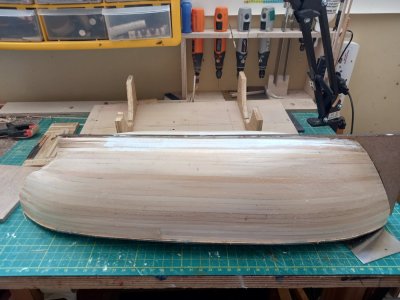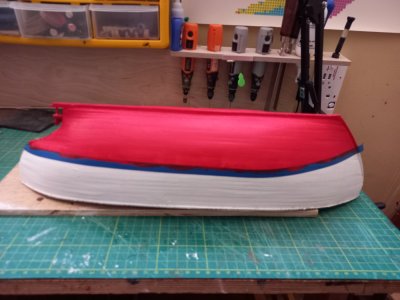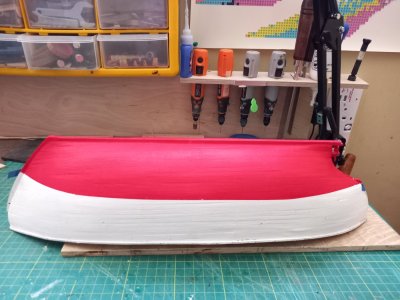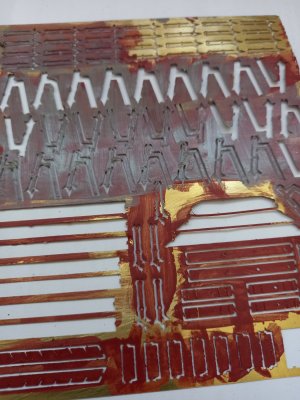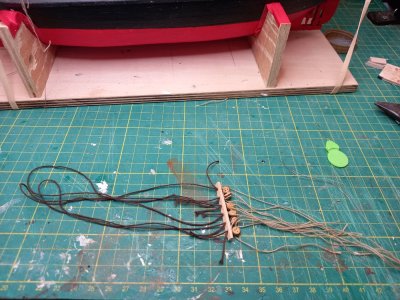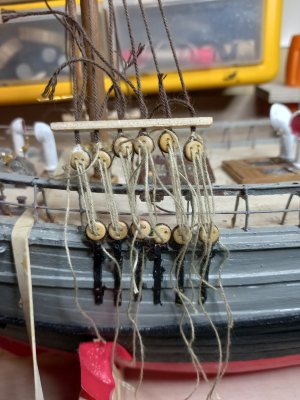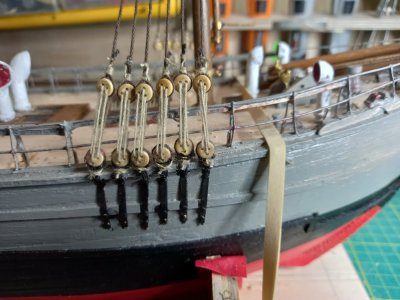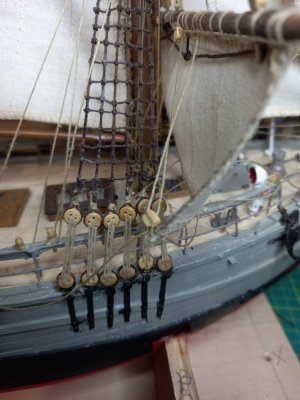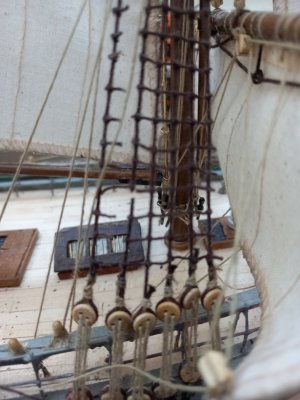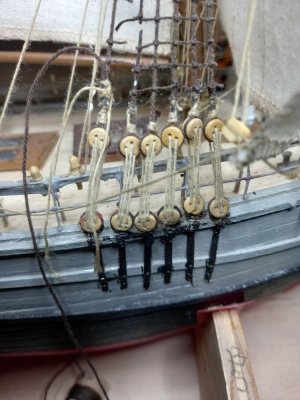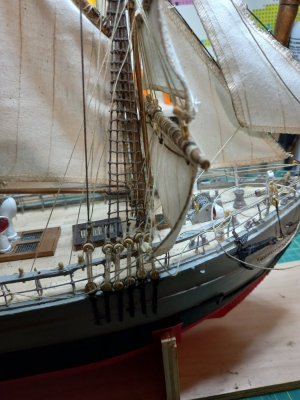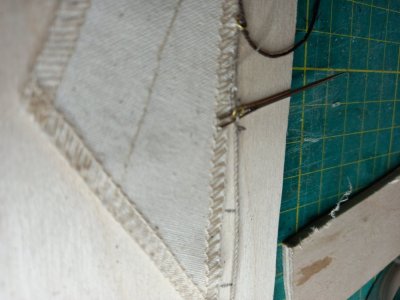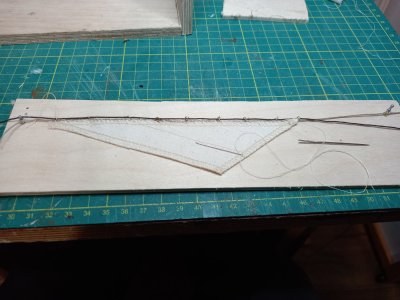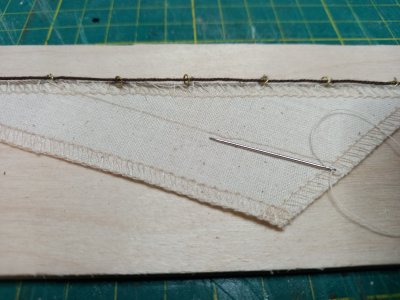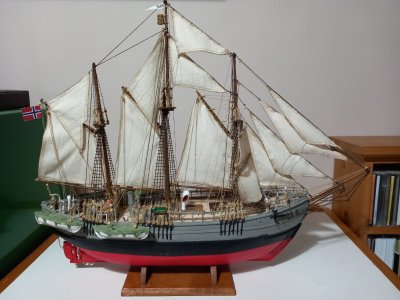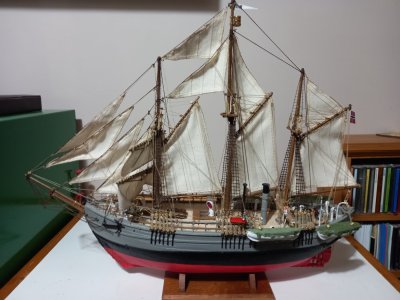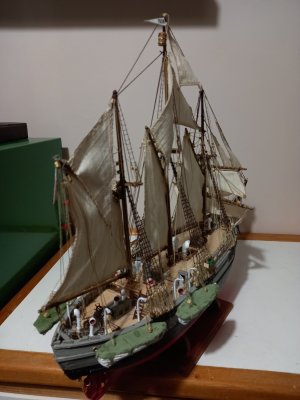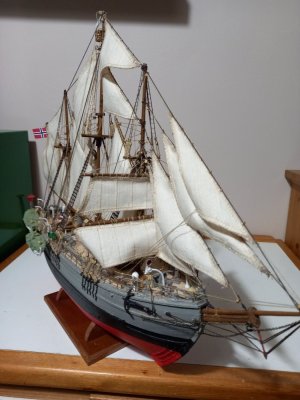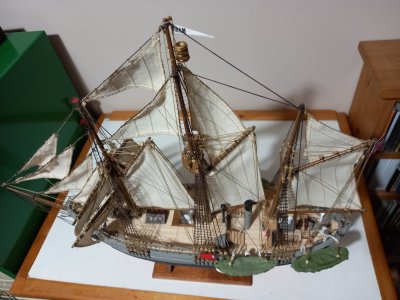Why the Fram?
Having just completed the Royal Caroline (very ornate) and Cutty Sark (25 sails) I fancied something a bit simpler as a summertime activity. A leisurely complement to a beer and a pipe on the patio watching the lawn grow. It is not a very pretty model but my main enjoyment of our hobby is the building, not the subsequent display. It is a satisfying way of using (and acquiring!) tools and working with wood to replace the more robust DIY of my younger days.
The Fram has a hull shape and deck fittings that are distinctly different from my earlier builds: no forecastle, quarter deck and poop, no cannon. Instead, a funnel, ventilation pies and a propeller. The rig is predominantly fore-and-aft which is a novelty for me and will eventually require a shelf of modest width.
Unboxing.
With several OcCre models already built I found few surprises. The usual compartmented box of bits, a set of pre-sewn sails, rigging threads, 2x5mm lime planking, 0.4x5mm (paper thin!) sapele and a bundle of dowels in a close grained white wood. With occasional exceptions I find the OcCre instructions clear and comprehensive. There are plenty of coloured pictures of an actual build. A pdf is also available for download which is often a convenient supplement to the paper version.

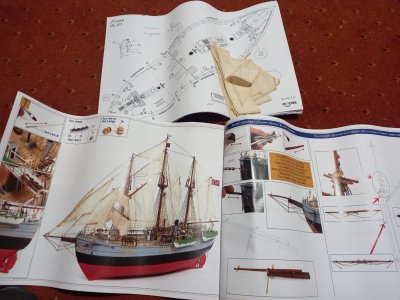
Having just completed the Royal Caroline (very ornate) and Cutty Sark (25 sails) I fancied something a bit simpler as a summertime activity. A leisurely complement to a beer and a pipe on the patio watching the lawn grow. It is not a very pretty model but my main enjoyment of our hobby is the building, not the subsequent display. It is a satisfying way of using (and acquiring!) tools and working with wood to replace the more robust DIY of my younger days.
The Fram has a hull shape and deck fittings that are distinctly different from my earlier builds: no forecastle, quarter deck and poop, no cannon. Instead, a funnel, ventilation pies and a propeller. The rig is predominantly fore-and-aft which is a novelty for me and will eventually require a shelf of modest width.
Unboxing.
With several OcCre models already built I found few surprises. The usual compartmented box of bits, a set of pre-sewn sails, rigging threads, 2x5mm lime planking, 0.4x5mm (paper thin!) sapele and a bundle of dowels in a close grained white wood. With occasional exceptions I find the OcCre instructions clear and comprehensive. There are plenty of coloured pictures of an actual build. A pdf is also available for download which is often a convenient supplement to the paper version.







 I promise to leave the proper beer temperature debates to the true connoisseurs—and next round, I’ll try to drink it before the glass frosts over.
I promise to leave the proper beer temperature debates to the true connoisseurs—and next round, I’ll try to drink it before the glass frosts over.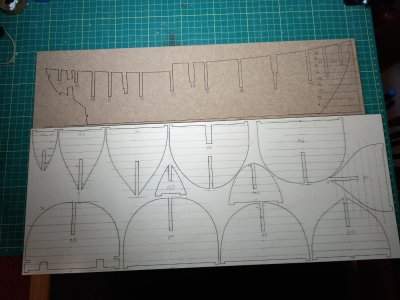
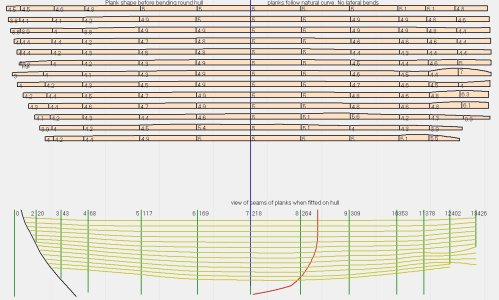

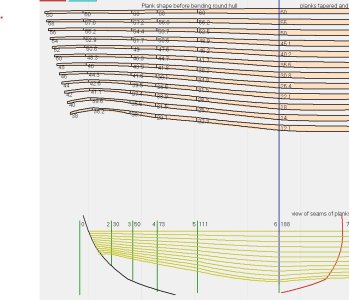
 Short John, grab a beer and lets get started on the Fram. I'm in the second row with my Chardonnay! Magic Mike
Short John, grab a beer and lets get started on the Fram. I'm in the second row with my Chardonnay! Magic Mike